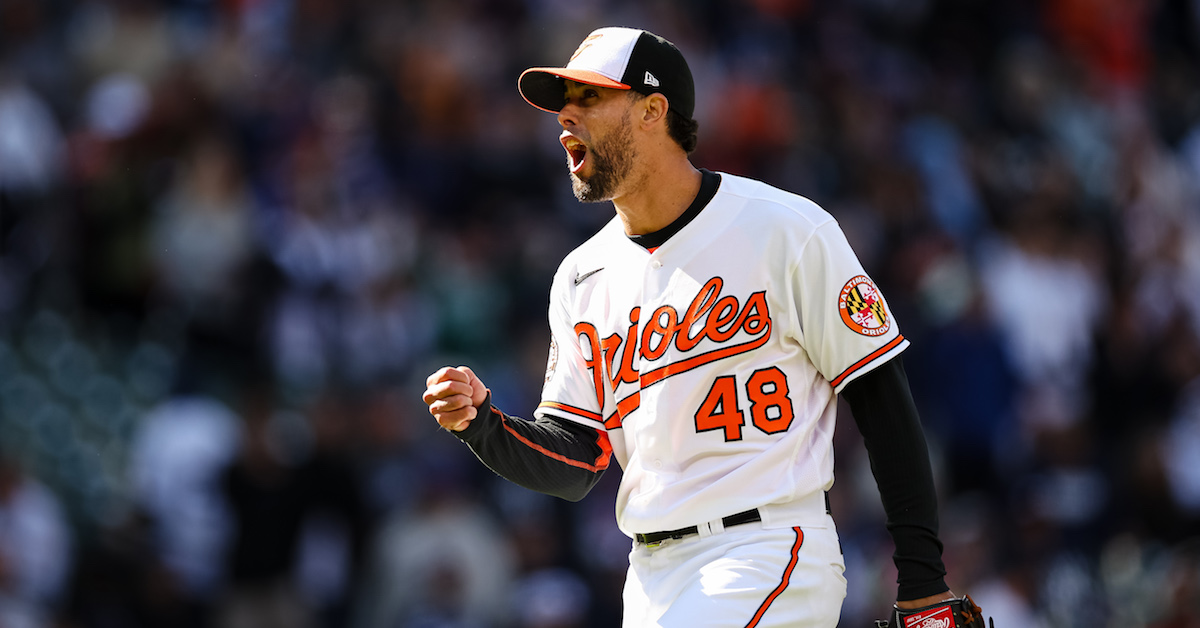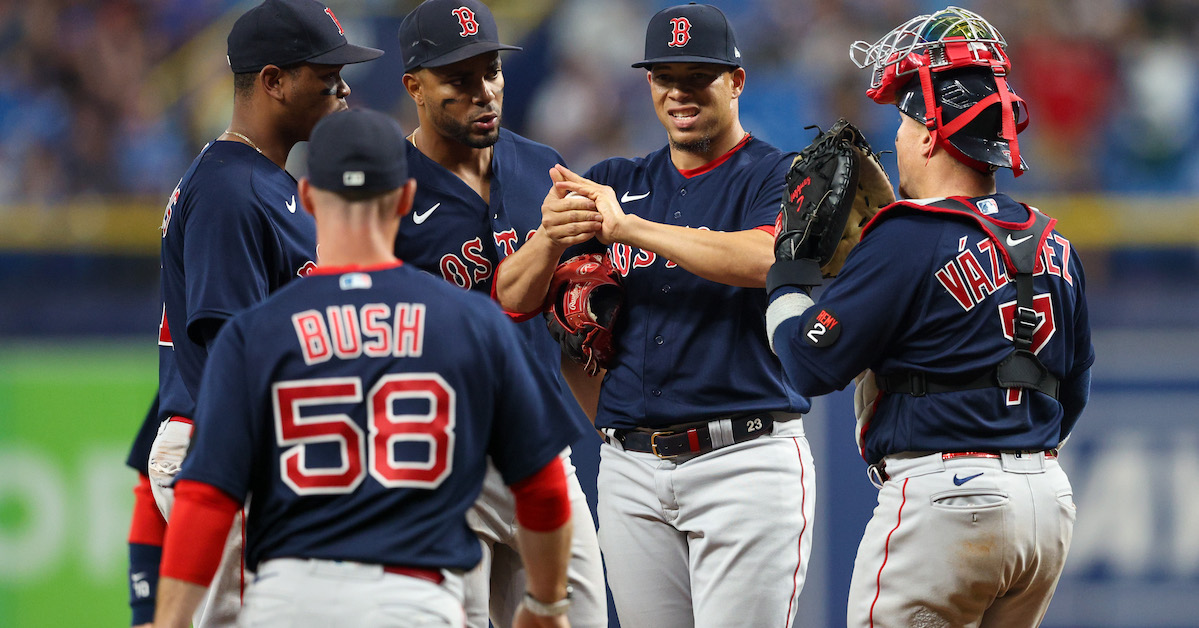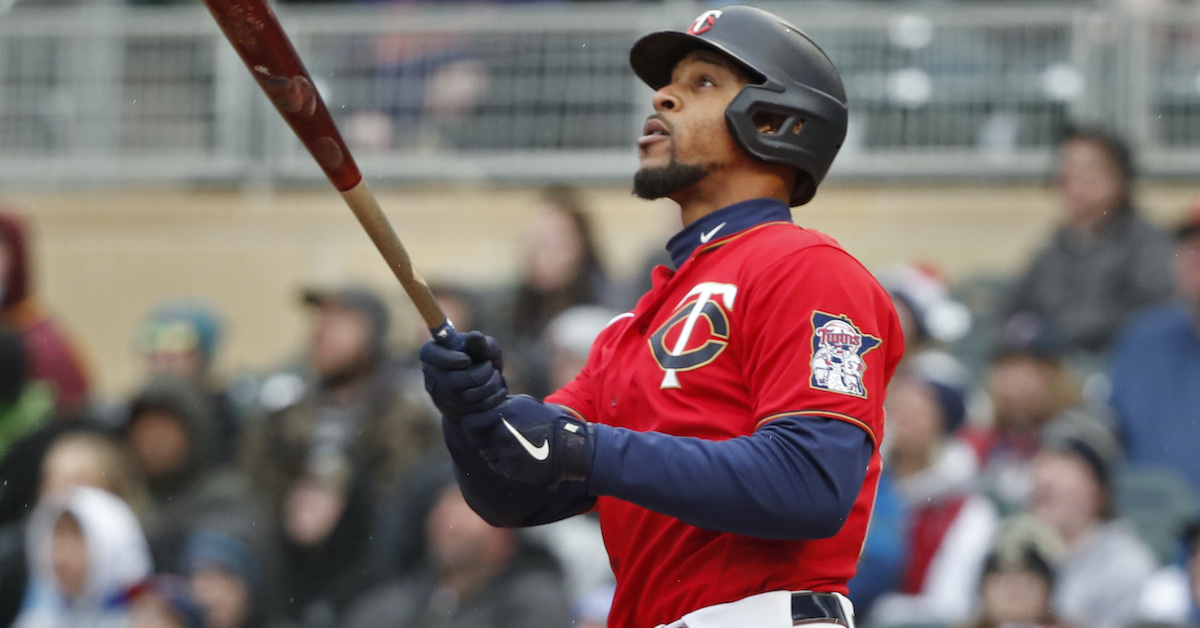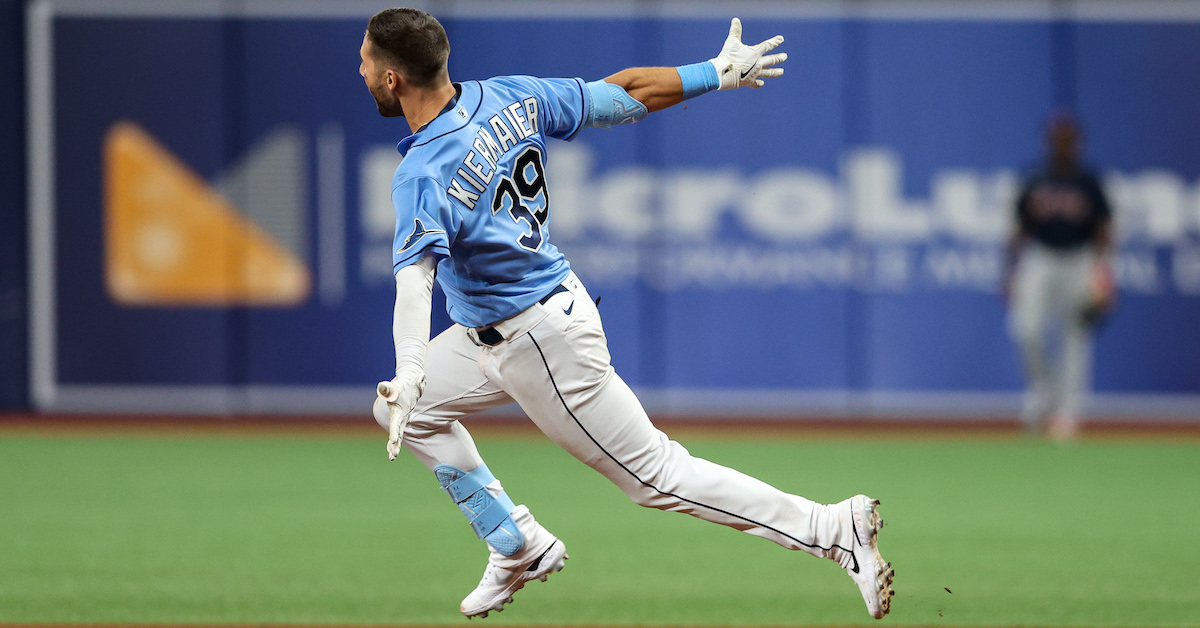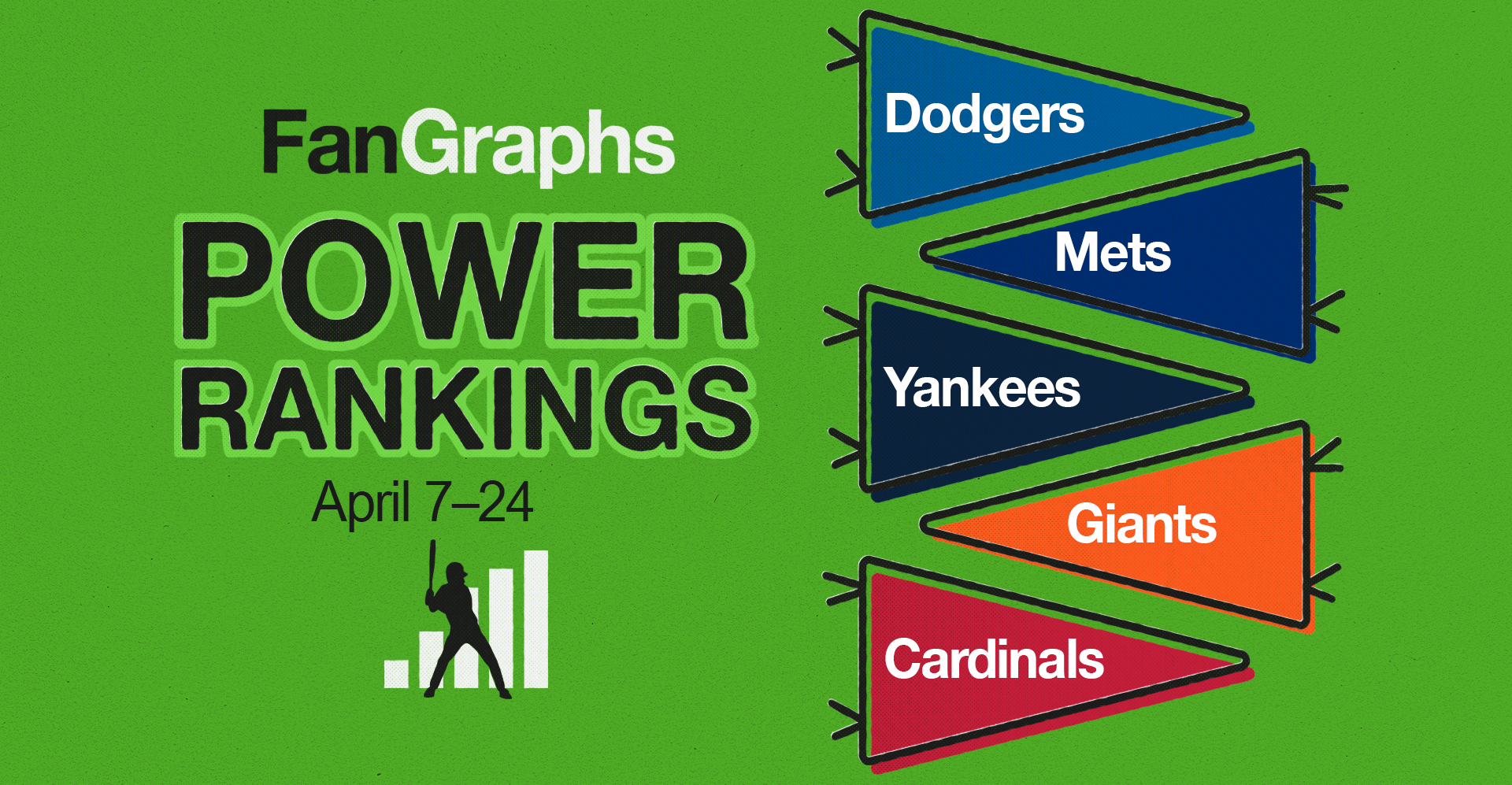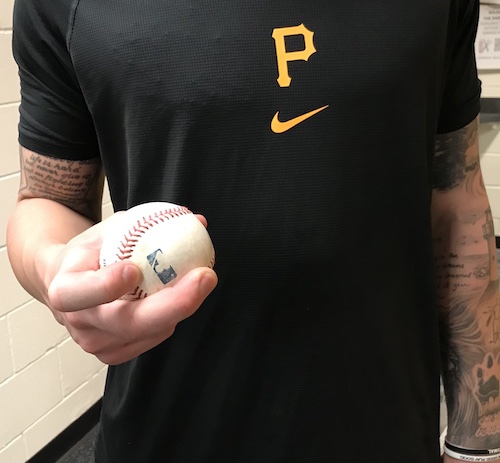Vive la Ty France
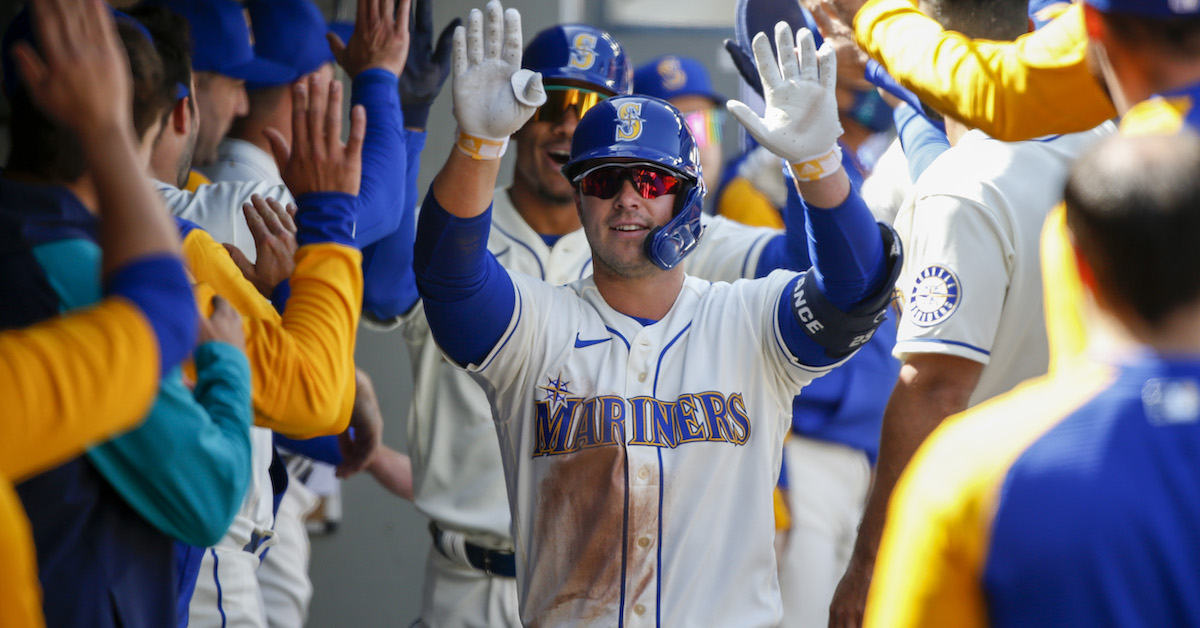
The Mariners were the “luckiest” team in the majors last year. The combination of timely hits in key situations and a great bullpen earned them an incredible 33–19 record in one-run games and 90 wins total, but they couldn’t count on that same blueprint earning them success in 2022. But instead of hoping for clutch hits to squeak out wins, this year’s Mariners have one of the most potent offenses in the majors, leading all of baseball with a 129 wRC+, backed by the best walk rate and fifth-best strikeout rate in the majors. They’ve gotten great contributions from J.P. Crawford, Eugenio Suárez, and Mitch Haniger, but the man leading the charge is Ty France.
During the Mariners’ opening homestand, France collected 18 hits, two doubles, four home runs, and drove in 15 runs. His slash line during those nine games: .474/.524/.842, good for a 309 wRC+ and AL co-Player of the Week honors last week (which he shared with Miguel Cabrera, newest member of the 3,000 hit club). On Saturday against the Royals, France collected five hits, scored three times, drove in five, and blasted a three-run home run in the bottom of the eighth inning to put a dagger in a Kansas City comeback attempt. The next day, he homered in his first at-bat and collected another two hits. It got so bad that the Royals simply intentionally walked him when he came up to bat first in the decisive 12th inning.
This guy flat out rakes. #SeaUsRise pic.twitter.com/1MSOVHJTir
— Seattle Mariners (@Mariners) April 25, 2022
Raking isn’t anything new for France. He put up a career .294/.389/.470 slash line (135 wRC+) in the minor leagues coming up through the Padres’ farm system and essentially forced his way onto the major league roster after batting .316/.401/.576 at Triple-A across 2018 and ‘19. But he struggled a bit in his first taste of the majors, slipping to just an 84 wRC+ in 201 plate appearances in ‘19, and was traded to the Mariners in August 2020 in the big Austin Nola deal.
Since then, France has been one of Seattle’s most consistent hitters. Last year, he posted a 129 wRC+ and 3.1 WAR as the Mariners’ everyday first baseman. An early wrist injury hurt his overall numbers a bit; from April 27 through May 13, he collected just three hits in 56 plate appearances. He went on the Injured List a day later and returned after the minimum stay, and from that point on, he’s been phenomenal. Combined with his hot start this year, he’s batted .317/.389/.492 with a 151 wRC+ in 571 plate appearances since May 24; that’s the fifth-best wRC+ among all qualified batters in the majors during that period. Read the rest of this entry »

